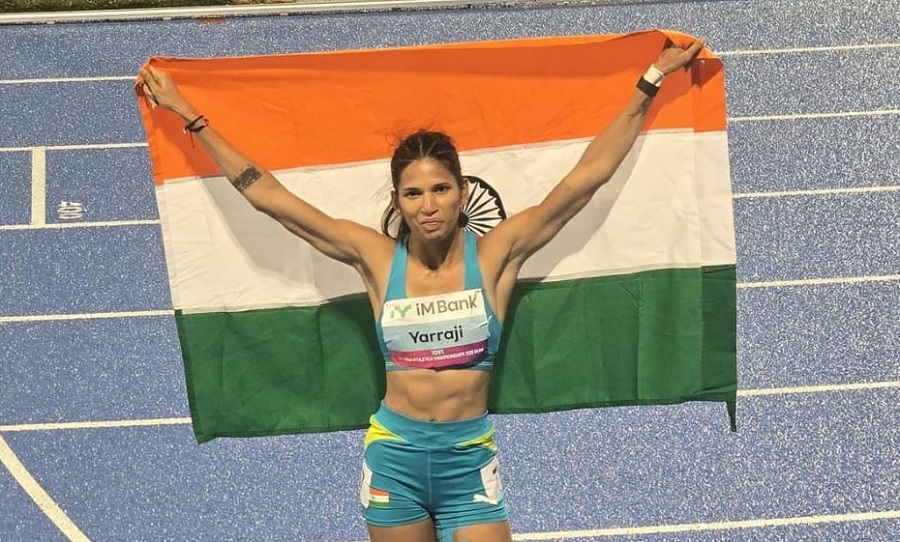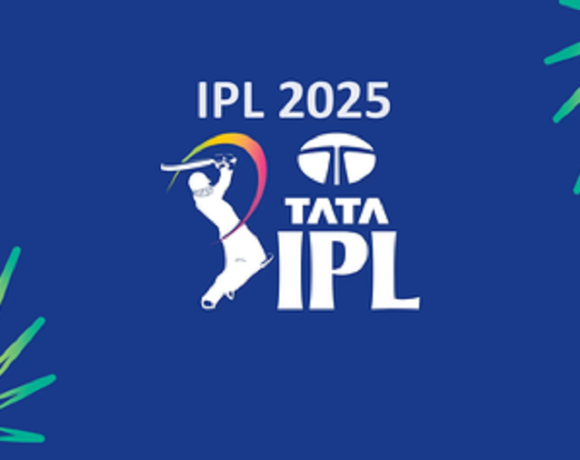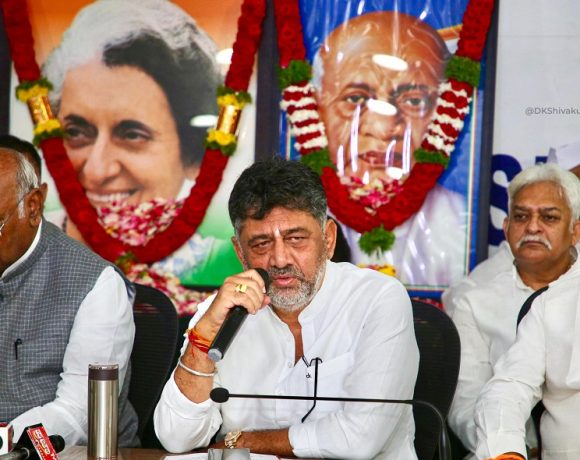
Gold in Gumi, Eyes on LA: India’s Track Stars Spark Olympic Hopes
India’s performance at the 2025 Asian Athletics Championships in Gumi wasn’t just a regional success story—it was a resounding declaration that Indian athletics has arrived on the continental stage with renewed ambition. With 24 medals, including 8 golds, the Indian contingent didn’t just climb the podium—they raised the bar. But as the dust settles in South Korea, all eyes now shift to Los Angeles. The question is no longer “Can India compete?” but rather, “Can India conquer?” This op-ed explores what Gumi revealed, what it means for LA 2028, and what must still be done to ensure that this moment becomes a movement.
A Golden Generation Rising
India’s haul of 8 gold medals in Gumi is not just a number—it is a signal. From Gulveer Singh’s stunning double in the men’s 5,000m and 10,000m to Avinash Sable’s historic steeplechase triumph, Indian runners showcased both endurance and tactical brilliance. The mixed 4x400m and women’s relay teams didn’t just win—they dominated. Young talents like Pooja Singh in the high jump and Nandini Agasara in the heptathlon suggest that India’s next generation isn’t waiting—they’re already here. This surge across diverse events marks a shift from individual brilliance to systemic momentum, something Indian athletics has long craved.
Consistency Over Hype: The Road to LA
The journey from Asian success to Olympic podiums is littered with hype and heartbreak. Gumi gives India a platform, but not a passport. Many of our medalists have excelled on the continental stage before—Parul Chaudhary, for instance, was a known name even in 2023. What LA 2028 demands is not another one-off performance but sustained excellence. This means year-round exposure to European circuits, sports science-backed training, psychological conditioning, and—most importantly—injury prevention. India has four years to ensure its athletes don’t just peak at Asian meets but break through on the global charts.
Depth in Relay and Distance: The New Indian Identity
India’s traditional strengths in javelin or boxing have long overshadowed its potential on the track. That is changing. The emergence of depth in 400m relays and dominance in long-distance running suggests India is finally embracing its endurance base. Training hubs in altitude-rich regions like Ooty and Shillaroo are beginning to bear fruit. But to convert this into Olympic success, India needs to invest further in pacing technology, lactate testing, and collaboration with global long-distance training academies. LA 2028 could be where India’s new athletics identity—rooted in rhythm and resilience—fully blossoms.
Women Leading the Charge, Again
From Jyothi Yarraji’s repeat title in the 100m hurdles to Subha Venkatesan’s multiple medal-winning relays, India’s women athletes have once again shown they are the vanguard of sporting excellence. Yet, their victories often exist in a vacuum of recognition and financial support. Gumi must be the point where corporate sponsors, sports federations, and media houses stop treating female athletes as charity projects and start seeing them as high-return investments. For India to stand tall in LA, its women athletes must be given equal podiums—both figuratively and literally.
Gaps That Can’t Be Ignored
India’s medal distribution in Gumi reveals a few blind spots. There’s still a lack of podium finishes in technical events like pole vault, discus, and hammer throw. The men’s sprints, barring Animesh Kujur’s national record in the 200m, lack the explosiveness needed for global finals. These are not just gaps—they are missed Olympic opportunities. India must initiate event-specific talent hunts and revive stagnating disciplines with new coaching blood and foreign partnerships. LA 2028 will not reward partial preparation.
From Gumi to Global: Time to Institutionalize the Surge
What happened in Gumi must not stay in Gumi. The Athletics Federation of India (AFI) must resist the temptation of a post-medal slumber. A four-year roadmap with event-wise Olympic benchmarks, integrated with Khelo India and Target Olympic Podium Scheme (TOPS), is critical. Athletes must get quarterly exposure tours. Domestic meets must raise standards. State federations must be held accountable. The only thing worse than not winning is winning and then doing nothing about it.
The Race Has Begun, and LA Awaits
Gumi was a glimpse of what’s possible. LA is the proving ground. India’s athletics contingent has shown it can lead the Asian pack. Now, it must believe that it belongs among the global elite. The road to Los Angeles isn’t paved with medals already won—it’s built on what we do with them next. The countdown to the Olympics isn’t in years—it’s in decisions.


















